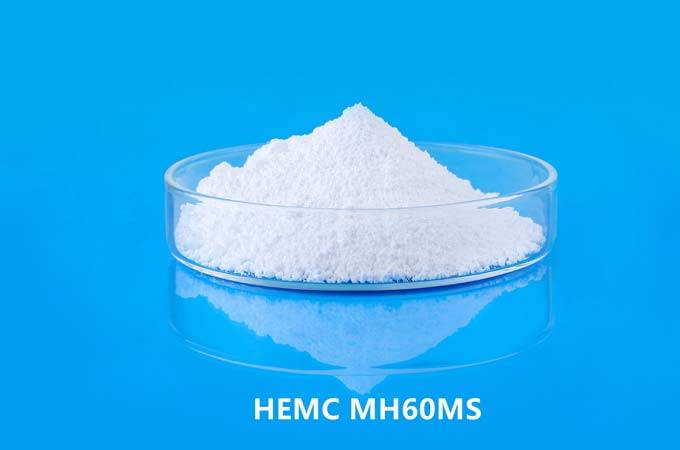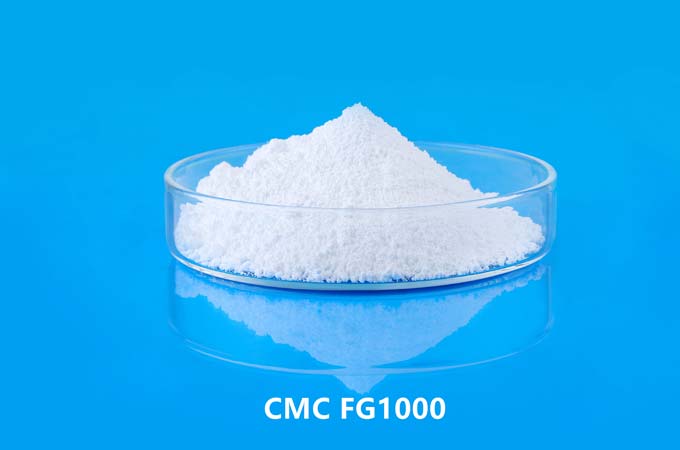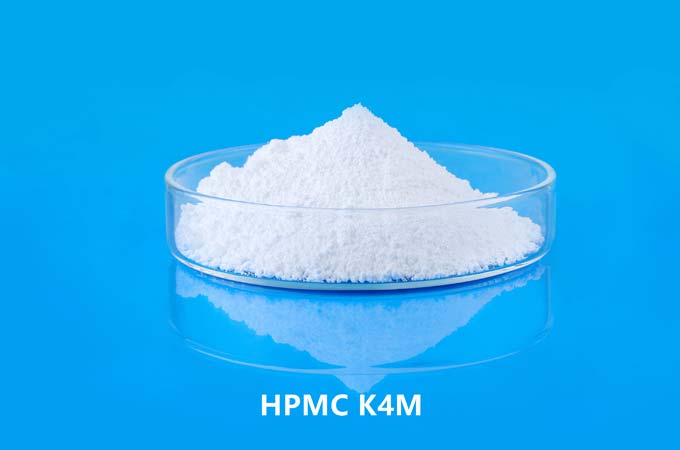Cellulose gum and xanthan gum are two common food additives that serve various functions in the food industry. Both substances are used as thickeners and stabilizers in a wide range of products, contributing to the texture, viscosity, and overall quality of foods. In this detailed exploration, we will delve into the origins, properties, functionalities, applications, and potential considerations associated with cellulose gum and xanthan gum.
1.Origins:
Cellulose Gum (Carboxymethyl Cellulose - CMC):
Cellulose gum, also known as carboxymethyl cellulose (CMC), is derived from cellulose, a natural polysaccharide found in the cell walls of plants. The primary sources for cellulose gum include wood pulp and cotton. The extraction process involves treating cellulose with an alkalizing agent and then reacting it with chloroacetic acid to form carboxymethyl cellulose. This modification imparts water-solubility and functional properties to cellulose gum.
Xanthan Gum:
Xanthan gum is a polysaccharide produced by the fermentation of sugars, typically derived from corn, wheat, or soy. The bacterium Xanthomonas campestris plays a crucial role in this fermentation process. During fermentation, the bacteria produce xanthan gum as a slimy substance, which is then purified and dried to obtain the final product. The result is a high-molecular-weight polysaccharide with unique rheological properties.
2. Functionalities:
Cellulose Gum:
2.1. Thickening Agent:
- Cellulose gum is widely recognized for its thickening properties. It enhances the viscosity of liquids, making it suitable for applications where a thicker consistency is desired.
2.2. Stabilizer:
- It functions as a stabilizer by preventing the separation of ingredients in certain products, contributing to the overall homogeneity and shelf stability.
2.3. Moisture Retention:
- Cellulose gum aids in retaining moisture in food products, preventing them from drying out and maintaining freshness.
2.4. Texture Improvement:
- It is known to provide a firmer and more elastic texture to food products, making it particularly useful in bakery items and dairy products.
Xanthan Gum:
1. Thickening and Gelling:
- Xanthan gum is a versatile thickening agent capable of forming gels. It imparts a smooth and consistent texture to various food products.
2. Stabilization:
- Similar to cellulose gum, xanthan gum contributes to the stabilization of emulsions, preventing the separation of ingredients.
3. Shear-Thinning Behavior:
- Xanthan gum exhibits shear-thinning behavior, meaning that it reduces in viscosity under shear stress and regains its thickness when the stress is removed. This property is valuable in food processing.
4. Mouthfeel Enhancement:
- It is often used to improve the mouthfeel of low-fat or fat-free products by creating a sensation similar to that of fats.
3.Texture:
Cellulose Gum:
- Cellulose gum tends to impart a firmer and more elastic texture to food products. This makes it suitable for applications where a certain level of hardness or chewiness is desired.
Xanthan Gum:
- Xanthan gum provides a more flexible and sticky texture. This is particularly advantageous in creating smooth and cohesive textures in a variety of food formulations.
4.Applications:
Cellulose Gum:
- Dairy Products: Cellulose gum in food has many applications. It can be used in ice creams, yogurts, and other dairy-based products to improve texture and prevent ice crystal formation.
- Sauces and Dressings: Acts as a thickener and stabilizer in salad dressings, gravies, and sauces.
- Bakery Products: Enhances the texture and shelf life of baked goods like bread, cakes, and pastries.
Xanthan Gum:
- Salad Dressings: Prevents separation and provides a consistent texture.
- Sauces and Gravies: Acts as a stabilizer and thickening agent.
- Gluten-Free Products: Commonly used in gluten-free baking to simulate the texture of gluten.
5.Compatibility:
Cellulose Gum:
- May not be suitable for use in acidic environments, as it can break down under low pH conditions. This limits its application in products with a low pH.
Xanthan Gum:
- Stable in a wide range of pH levels, making it more versatile in different food applications. It can withstand acidic conditions without losing its functionality.
6.Allergies and Considerations:
Cellulose Gum:
- Generally considered safe for consumption.
- Individuals with sensitivities to cellulose or its derivatives may experience mild allergic reactions.
Xanthan Gum:
- Generally well-tolerated.
- Rare cases of sensitivity have been reported, but it is not a common allergen.
7.Labeling:
- Both cellulose gum and xanthan gum are commonly used in the food industry and are labeled as thickeners or stabilizers on food ingredient lists. It's essential for individuals with specific dietary restrictions or allergies to be aware of these ingredients.
Cellulose gum and xanthan gum play crucial roles in the food industry, contributing to the texture, stability, and overall quality of a wide array of products. While they share some similarities in their functionalities, their unique properties make them suitable for different applications. Food manufacturers carefully choose between these gums based on the desired characteristics of the final product, considering factors such as texture, stability, and compatibility with other ingredients. Understanding the origins and properties of cellulose gum and xanthan gum provides valuable insights into their applications and helps consumers make informed choices about the foods they consume.
 English
English 日本語
日本語 français
français Deutsch
Deutsch Español
Español italiano
italiano русский
русский português
português العربية
العربية Türkçe
Türkçe Nederland
Nederland



